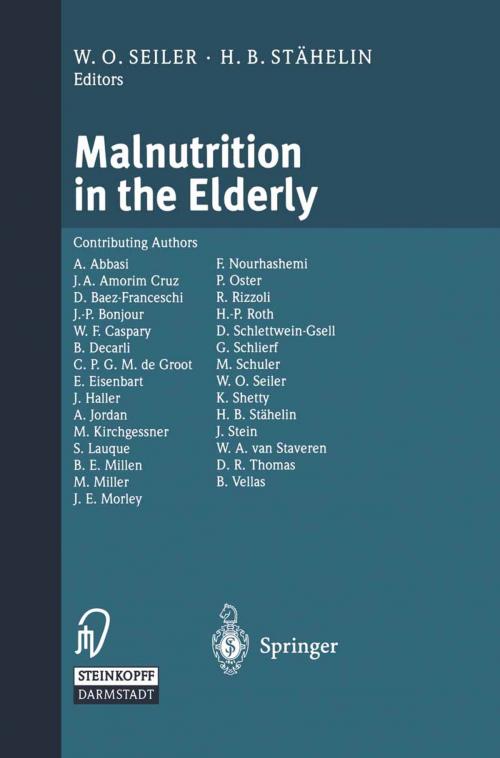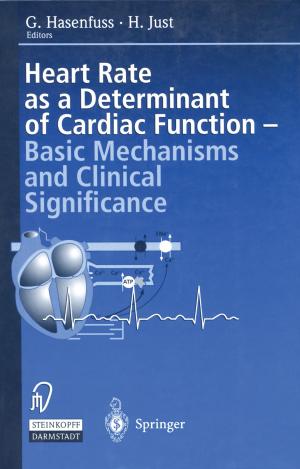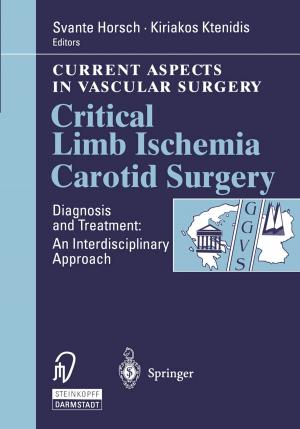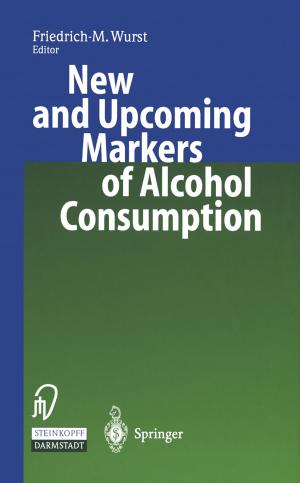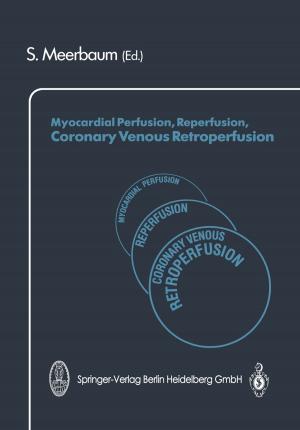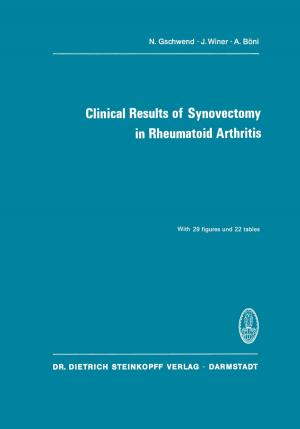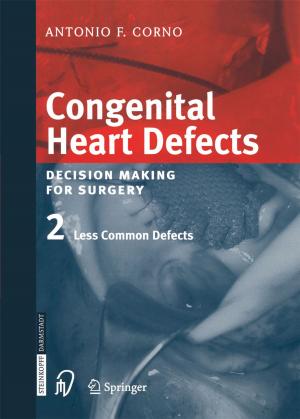Malnutrition in the Elderly
Nonfiction, Science & Nature, Technology, Food Industry & Science, Health & Well Being, Medical, Specialties, Internal Medicine, General| Author: | ISBN: | 9783642470738 | |
| Publisher: | Steinkopff | Publication: | December 6, 2012 |
| Imprint: | Steinkopff | Language: | English |
| Author: | |
| ISBN: | 9783642470738 |
| Publisher: | Steinkopff |
| Publication: | December 6, 2012 |
| Imprint: | Steinkopff |
| Language: | English |
H. B. Stahelin "Under-or malnutrition is a frequent and serious problem in geriatric patients" (8). Today there is no doubt that malnutrition contributes significantly to morbidity and mortality in the aged. The immune function is impaired, the risk for falls and fractures increases, in acute illness, recovery is delayed, and complications are frequent. Acute and chronic illnesses lead to a catabolic metabolism and hence increase the signs and symptoms of malnutrition. Cytokines related to inflamma tion block the synthesis of albumin and shift protein synthesis to acute phase pro teins. The activation of the ubiquitine-proteasome pathway leads to a degradation of muscle protein, which leads to an additional loss of muscle mass which occurs as age-dependent sarcopenia, and adds to the already existing frailty (2, 4). It is often difficult to decide to what extent the metabolic alterations result from malnutrition or concomitant illness. Psychological factors contribute as a circulus vitiosus significantly to anorexia and, thus, aggravate the condition. They are the most important causes of failure to thrive in old age (7). It is evident that next to the therapy of the underlying illness, an adequate support with calorie and nutrient intake over weeks becomes essen tial under these conditions. Clear-cut improvements are often only seen after 6 or more weeks. Besides a clinical, clearly visible malnutrition, selective nutrient deficits are much more frequent. Numerous and highly different mechanisms may lead to a marginal or insufficient supply with micronutrients.
H. B. Stahelin "Under-or malnutrition is a frequent and serious problem in geriatric patients" (8). Today there is no doubt that malnutrition contributes significantly to morbidity and mortality in the aged. The immune function is impaired, the risk for falls and fractures increases, in acute illness, recovery is delayed, and complications are frequent. Acute and chronic illnesses lead to a catabolic metabolism and hence increase the signs and symptoms of malnutrition. Cytokines related to inflamma tion block the synthesis of albumin and shift protein synthesis to acute phase pro teins. The activation of the ubiquitine-proteasome pathway leads to a degradation of muscle protein, which leads to an additional loss of muscle mass which occurs as age-dependent sarcopenia, and adds to the already existing frailty (2, 4). It is often difficult to decide to what extent the metabolic alterations result from malnutrition or concomitant illness. Psychological factors contribute as a circulus vitiosus significantly to anorexia and, thus, aggravate the condition. They are the most important causes of failure to thrive in old age (7). It is evident that next to the therapy of the underlying illness, an adequate support with calorie and nutrient intake over weeks becomes essen tial under these conditions. Clear-cut improvements are often only seen after 6 or more weeks. Besides a clinical, clearly visible malnutrition, selective nutrient deficits are much more frequent. Numerous and highly different mechanisms may lead to a marginal or insufficient supply with micronutrients.
